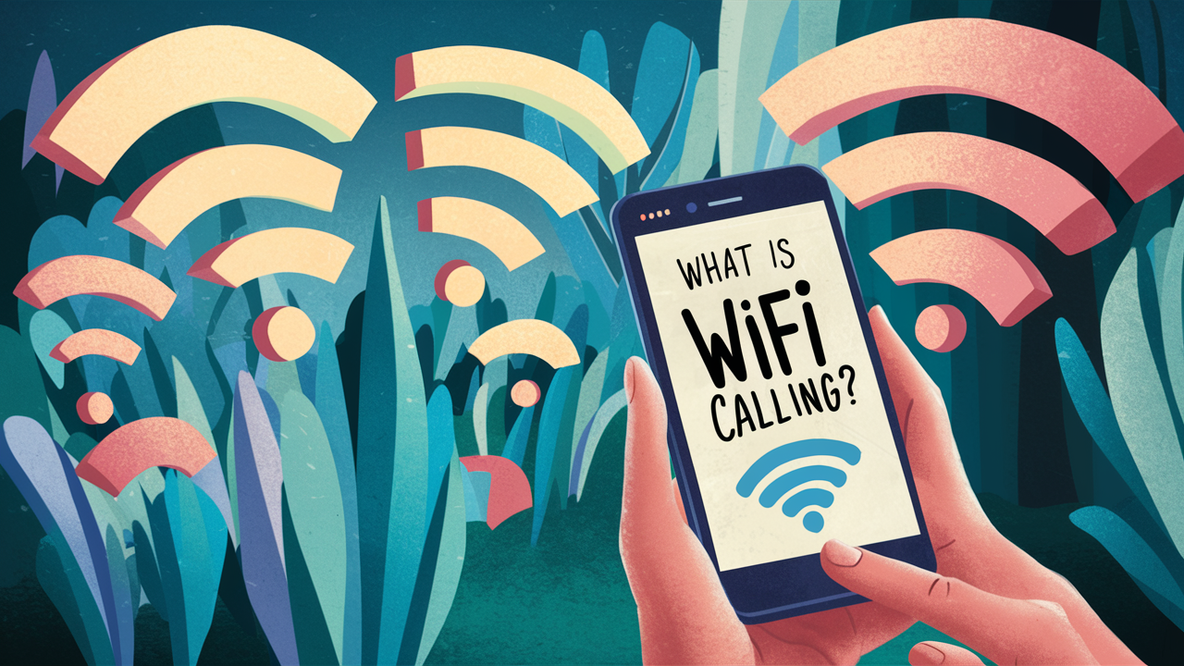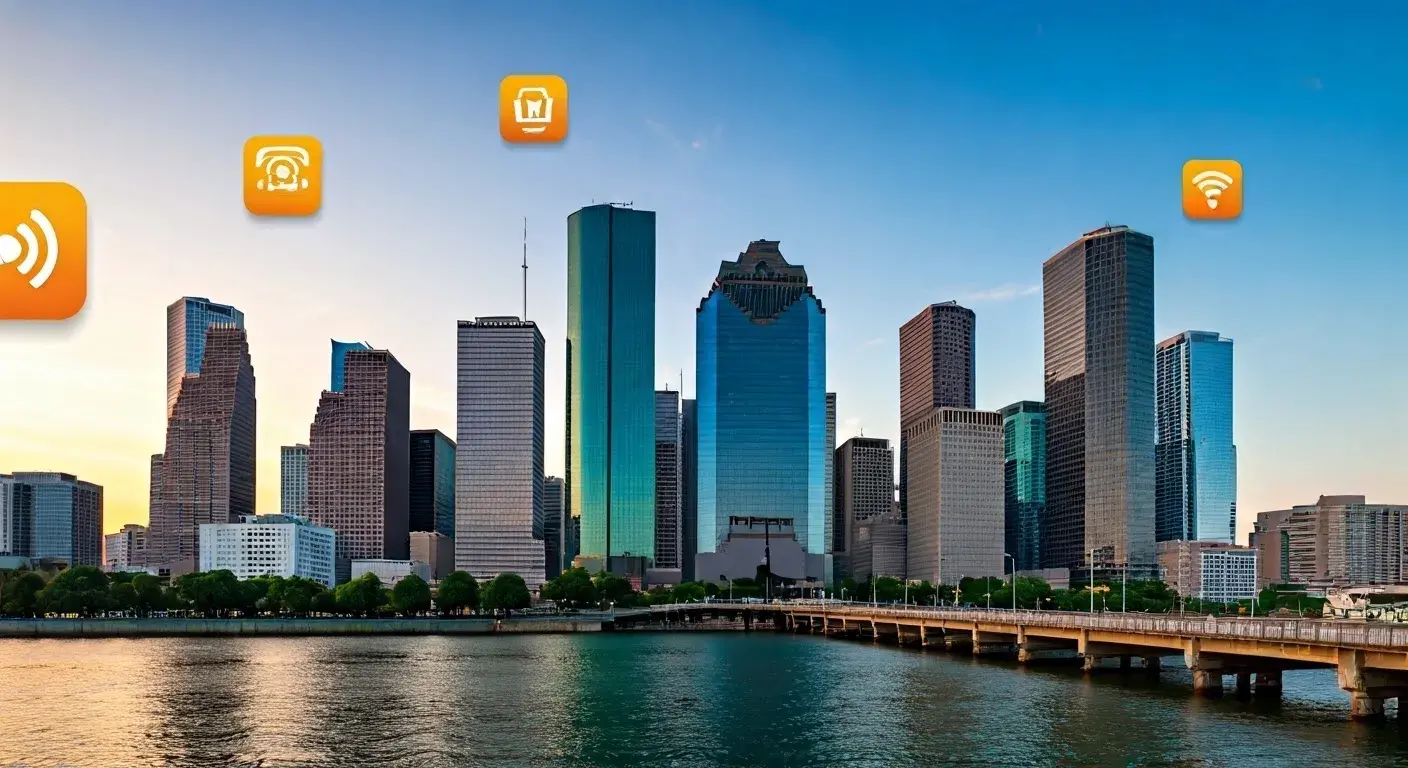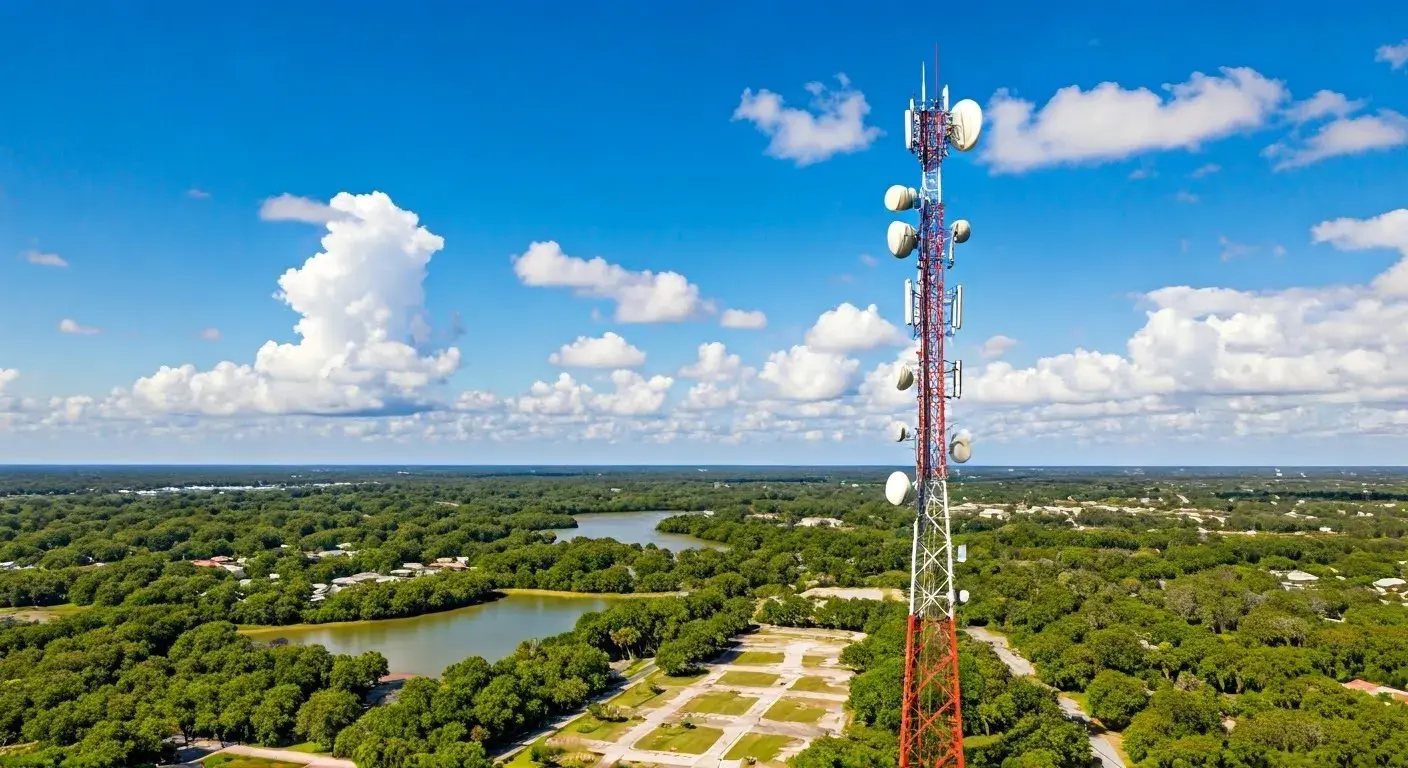
WiFi calling therefore means a person is in a position to be able to make phone calls and text besides using cellular data. It enables you to forward the current call to WiFi if you are still on the cellular network and vice versa without ending the call.
How WiFi Calling Works?
WiFi calling technology enables the use of the data network to make voice calls instead of normal voice calls. WiFi calling allows your phone to use WiFi, instead of the cellular voice signal when the WiFi signal is good when you have activated the service and your phone is connected to a WiFi network.
Whenever your phone has a good signal of an available WiFi connection, your phone reroutes the call audio from the cellular network to the WiFi network. If you step out of the WiFi range mid-call and if you were calling over WiFi, then your call will be handed over to the cellular network.
With regards to the quality of the call and the reliability of the connection, while using WiFi calling, it is generally the same as when on the cellular network. By employing VoIP which is Voice over Internet Protocol, your voice is converted to digital form, compressed, and put into data packets for transference over the Internet. On the other end, they are decompounded and transformed back into the analog form of the audio signal to the recipient.
One of the benefits of using WiFi calling is that it allows you to make calls without having to spend money on charges incurred by your provider.
- Better indoor coverage: WiFi calls, therefore, complement indoor cellular signals by enabling calls through WiFi where cellular signals may not penetrate. This is beneficial in providing a rather improved indoor actual call experience.
- Reduced cellular usage: Usage of WLAN for routing calls when available means a lower utilization of cellular voice minutes. This is very useful as it reduces the number of data charges especially when one is out of town or in another country.
- Improved call quality: Sometimes, when one has to make a call in a place where the cellular signals are very low, he or she will find that when making a call through the WiFi, the call quality is much better because transmission is done using the WiFi internet connection which is usually stronger.
- Access to cellular network features: While making calls go through the internet connection, almost all the options such as voice mail, call waiting, etc. of the cellular network are provided.
What are the Applications of WiFi Calling?
Your device automatically activates WiFi calling in any of these scenarios:
- If you turn Wireless Calling on by going to the phone’s settings menu on your own.
- When you find that the signal of the WiFi network is stronger than the signal of the cellular network. It runs a better network which is why a phone is used.
- This is the scenario in which, there is very weak or no cellular network coverage at all and a WiFi network is in existence.
- When the cellular network load is high and the WiFi network has available resources to accommodate the traffic load. It is worth mentioning that traffic is transferred through WiFi.
- Roaming internationally: These give a way of avoiding costly international call tariffs and other charges associated with the use of cellular data.
Still, WiFi calling relies on a WiFi signal, which has to be stable and fast. It performs optimally in a cellular signal-low environment and where the WiFi signal is strong. If also WiFi signal becomes poor during the call, there is a considerable decrease in the call quality or the call is disconnected.
Setting Up WiFi Calling
To enable WiFi calling, you need to have:
- A compatible mobile device – The feature must be supported on the hardware of the device and the software used on the device at the same time. The latest mid-range and flagship-level Android and iOS smartphones support WiFi calling.
- A wireless router – This is an essential accessory that allows an individual to access the internet through wireless fidelity or WiFi.
- Cellular plan with WiFi Calling enabled – Some providers include WiFi Calling services for free, while some providers charge additional fees for their WiFi calling services. Before you proceed to activate this, ensure that this is true.
- Firmware and Operating Systems – always update the firmware of your smartphone to the most current edition. Freights also switch on inactive WiFi calling options most of the time.
- Battery usage – WiFi calling is a drain on the battery. Make sure the phone battery is charged enough or plugged into a power source so that if the battery runs dry during long conversations, it does not interrupt communication.
After that, to enable this feature, go to Settings, then Calls/Connections, and then select WiFi Calling and switch it On. Some carriers may provide on-screen instructions on the proper setup to take and in this case, follow these strictly. The smartphone can turn on WiFi calling and set up for use on its own when needed.
Now, a few important things must be considered about WiFi calling:
- Emergency calls – Again, while making an emergency call, WiFi calling reverts to the cellular network to ensure that the call goes through. In case cellular connectivity is unavailable in the region, calling in the event of an emergency will utilize WiFi calling.
- Number identification – the recipient will read your cellular number on the screen of their telephone instead of the home IP or WiFi phone number.
- The cellular phone number for Incoming calls – To note, even with the WiFi calling on, the incoming calls will still connect to the Cellular phone number. You do not receive a new WiFi-based phone number that is assigned to you.
- Roaming restrictions – Some carriers limit or include additional charges for WiFi calling while the individual is using it while abroad even though WiFi calls are not categorized as international roaming. It is always recommended to consult with your provider before choosing this option.
- Auto Hand-Off - This is a feature where cellular and WiFi connections will switch as one moves from one area to another that lacks a WiFi connection, and this will not disconnect the call that is in progress.
In conclusion, WiFi calling offers optimized communication through VoIP phone services over the WiFi internet to give better calling where there is no network. Android-powered smartphones and iPhones are both capable of WiFi calling in areas where carriers have activated the service following the device’s software/network software updates to enable the feature activation.






